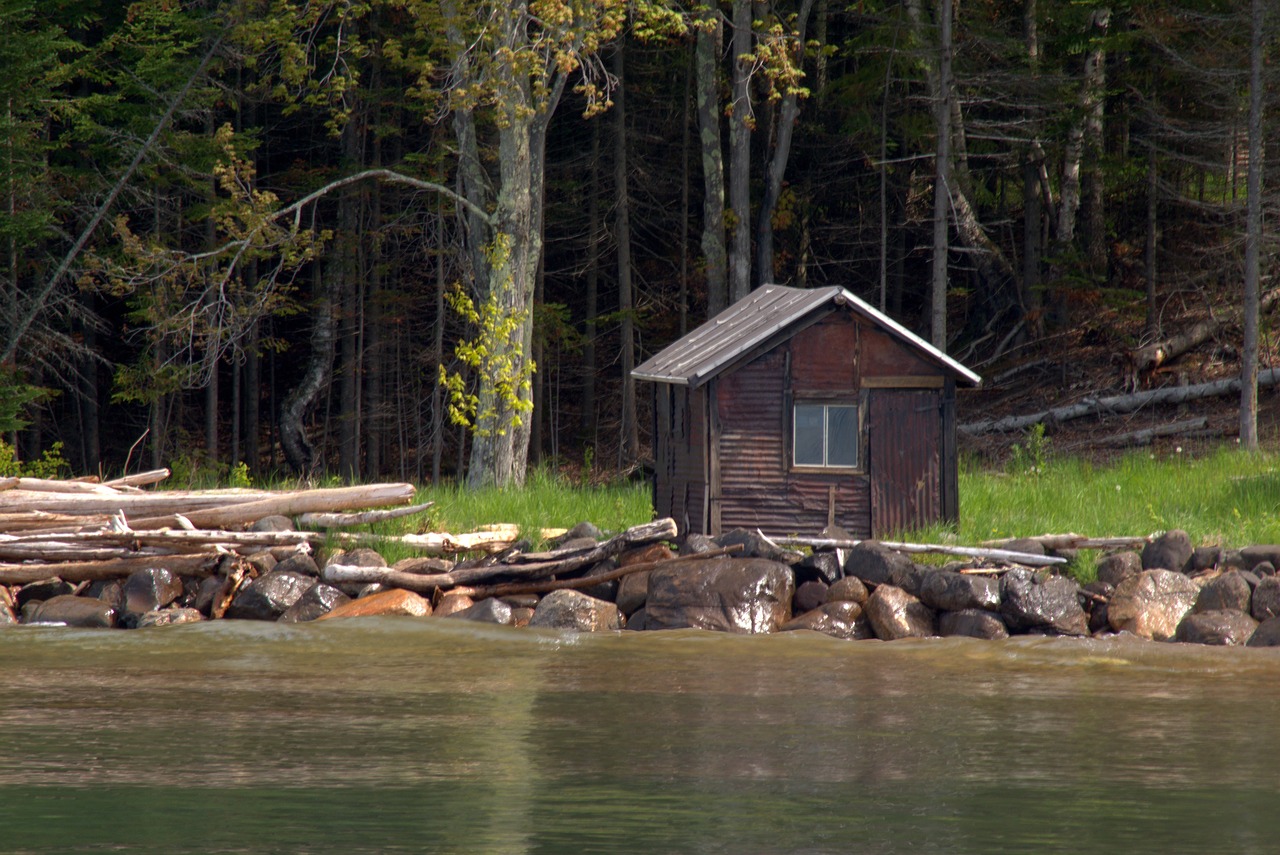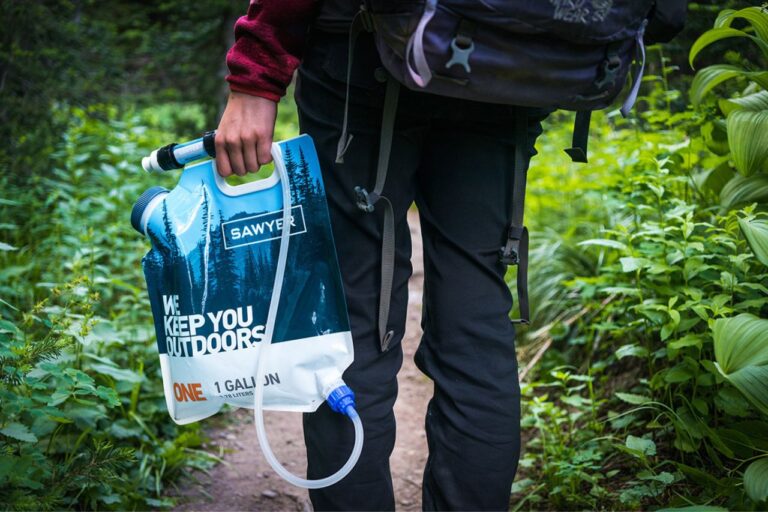Ultimate Guide: Running Plumbing from a Stream to a Cabin
Want modern convenience at your remote cabin? Install plumbing from a nearby stream for a touch of nature. Our guide covers everything: choosing materials, locating the intake point, installing pipes, filters, and pumps, and storing and heating water. Embrace the outdoors with comfort—learn how to run plumbing from a stream to your cabin!
Highlights
- Assess the feasibility of using the stream as a water source by considering factors like flow rate, water quality, and proximity to the cabin.
- Understand legal and environmental considerations, such as permits and regulations, and minimize the impact on the ecosystem.
- Plan the plumbing system by mapping out the cabin layout, identifying water supply areas, and considering future expansions.
- Choose corrosion-resistant materials for pipes and high-quality filters for purification systems.
Assessing the feasibility of using a stream as a water source
When considering running plumbing from a stream to your cabin, the first step is to assess the feasibility of using the stream as a water source. Factors such as the stream’s flow rate, water quality, and proximity to your cabin will determine if it’s a viable option. You’ll need to make sure that the stream has a consistent flow throughout the year to ensure a steady water supply. Additionally, it’s crucial to test the water quality to ensure it meets the necessary standards for consumption and household use. Conducting a water flow and quality assessment will help you determine if the stream is suitable for your plumbing needs.
Understanding the legal and environmental considerations is also essential when using a stream as a water source. Before proceeding with the plumbing project, check with local authorities to ensure you comply with any permits or regulations related to water usage. It’s crucial to respect the environment and wildlife surrounding the stream. Be mindful of any potential impacts your plumbing system may have on the ecosystem and take steps to minimize disruption. By considering these factors, you can ensure a sustainable and responsible plumbing setup.
Planning the plumbing system for your cabin
Once you have determined that using a stream as a water source is viable, the next step is to plan the plumbing system for your cabin. Start by mapping out the layout of your cabin and identifying the areas where you will need water supply, such as the kitchen, bathroom, and outdoor faucets. This will help you determine the length and size of the plumbing lines required. Consider any future expansions or additions to your cabin and plan accordingly to avoid the need for major modifications later on.
Another crucial aspect of planning is determining the optimal location for the intake point. Ideally, it should be situated in a spot where the water is clean, easily accessible, and protected from debris or contaminants. Take into account the elevation difference between the stream and your cabin to ensure adequate water pressure. Planning the plumbing system meticulously will save you time and effort during the installation process.
Choosing the right materials for your plumbing project
Selecting the right materials is vital to ensure the longevity and efficiency of your plumbing system. When it comes to pipes, consider using materials that are resistant to corrosion and can withstand the outdoor elements. Copper, PVC, and PEX are popular choices for water supply lines. Research the pros and cons of each material and select the one that best suits your needs and budget.
For filters and purification systems, opt for high-quality products that can effectively remove impurities from the stream water. Look for filters that are specifically designed for outdoor use and can handle the flow rate of your stream. Additionally, consider incorporating UV sterilizers or chemical disinfection methods to ensure the water is safe for consumption.
Installing a water intake system from the stream
Now that you have planned and gathered the necessary materials, it’s time to install the water intake system from the stream. Begin by digging a trench from the stream to your cabin, ensuring it has a slight downward slope to facilitate water flow. Install a strainer or a screen at the water intake point to prevent debris from entering the plumbing system. Connect the intake pipe to the strainer and bury it securely in the ground to protect it from freezing temperatures and damage.
To regulate the water flow, consider installing a valve or a flow-control device near the intake point. This will allow you to adjust the water supply as needed and prevent overflows or excessive pressure. It’s important to ensure a secure and watertight connection between the intake pipe and the cabin’s plumbing system to avoid leaks or water loss.
Building a filtration and purification system
To ensure the water from the stream is clean and safe for use, it’s crucial to incorporate a filtration and purification system into your plumbing setup. Start by installing a sediment filter to remove larger particles and debris. This will prevent clogging in your pipes and protect your plumbing system.
Next, consider adding a carbon filter to remove any unpleasant tastes or odors from the water. Carbon filters are highly effective at removing chlorine, volatile organic compounds (VOCs), and other impurities. Depending on the water quality, you may also need to install additional filters, such as iron filters or reverse osmosis systems, to address specific contaminants.
Designing and installing the plumbing lines
With the intake system and filtration in place, it’s time to design and install the plumbing lines that will distribute water throughout your cabin. Begin by determining the ideal pipe size for each section of your plumbing system. Larger diameter pipes can accommodate higher flow rates, but they may also increase costs. Strike a balance between water demand and pipe size to optimize your plumbing system’s efficiency.
When installing the pipes, ensure they are properly insulated to protect against freezing during colder months. Use foam pipe insulation or heat tape to prevent heat loss and maintain water temperature. Additionally, consider using flexible pipes in areas prone to movement or shifting, as they are more resistant to leaks and damage.
Insulating and protecting the plumbing system
To prevent freezing and damage to your plumbing system, proper insulation and protection are essential. Insulate all exposed pipes using foam pipe insulation or heat tape. Pay special attention to areas where the pipes are vulnerable to cold temperatures, such as crawl spaces or exterior walls. Insulating valves and fittings will also help maintain water temperature and prevent leaks.
Protecting the plumbing system from external elements is equally important. Ensure that all outdoor pipes are buried deep enough to avoid damage from freezing or accidental impact. Consider installing protective covers or enclosures for exposed pipes to shield them from the elements and potential physical damage.
Testing and maintaining the stream-to-cabin plumbing system
After completing the installation, it’s crucial to thoroughly test the stream-to-cabin plumbing system to ensure it functions as intended. Turn on all faucets, showers, and appliances connected to the plumbing system to check for leaks, proper water pressure, and flow. Inspect the filtration and purification systems to ensure they are effectively removing impurities.
Regular maintenance is key to keeping your plumbing system in optimal condition. Perform routine checks for any signs of leaks, damage, or blockages. Clean or replace filters as recommended by the manufacturer to maintain water quality. Drain and winterize the plumbing system before the onset of freezing temperatures to prevent damage.
Final Thoughts
Running plumbing from a stream to your cabin can bring both practicality and a connection to nature. By carefully assessing the feasibility, planning the system, choosing the right materials, and installing it correctly, you can enjoy a reliable water supply while embracing the beauty of your surroundings. With proper filtration, insulation, and maintenance, your stream-to-cabin plumbing system will provide you with the comfort and convenience you desire in your wilderness retreat. So, get ready to embark on this exciting project and start enjoying the benefits of running plumbing from a stream to your cabin!







